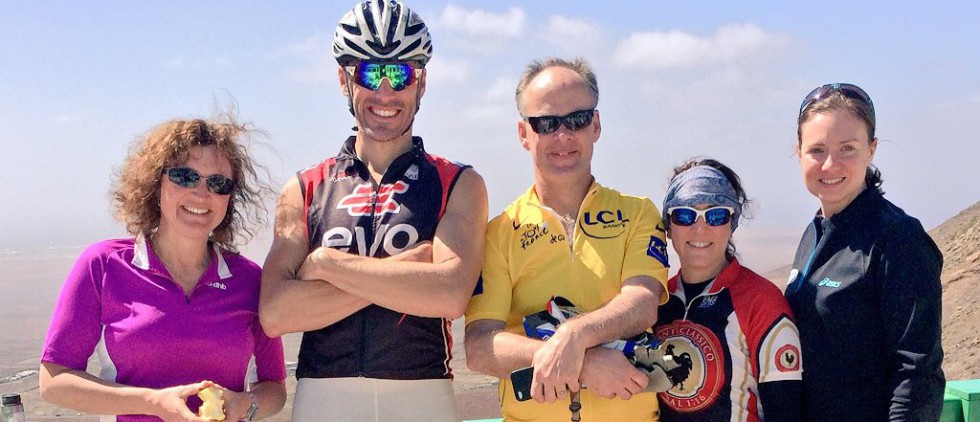The first step to improving is almost always identifying your strengths and weaknesses. Whether it be preparing for a job interview or dropping your 5K PR by 30 seconds, identifying the areas that need the most work allows you to dedicate your time to the activities and training that will provide the most value.
The difficulty lies in accurately targeting the right weaknesses, especially in running where what you feel doesn’t always correlate with what is happening physiologically in your body. For example, the heavy, cement-like feeling in your arms and legs at the end of a 5K isn’t a sign of muscle weakness or that you need to spend time in the gym. Rather, this feeling is caused by the release of hydrogen ions when racing beyond your anaerobic threshold, which creates an acidic environment in the muscles and impairs muscle contraction.
Perhaps the most often misunderstood concept of training, and the most difficult for runners to identify where their weakness might be, is aerobic endurance versus speed. This is why so many runners turn to the track for lung-busting 400′s to help them get faster.
Unfortunately, if you’re approaching training this way, you may be focused on the wrong weakness and thereby not maximizing your training time or your workouts.
How much speed do you need?
If you can already run far faster than your goal race pace, the problem isn’t your speed. You need to focus more on improving your aerobic endurance and lactate threshold.
From a training standpoint, economy and efficiency. In unscientific terms, speedwork helps you run goal race pace with less effort.
However, there is a limit to how much you can develop your absolute speed. At some point, your body approaches its natural talent point and working to improve speed provides diminishing returns. Luckily, improving your aerobic capacity is virtually limitless.
Therefore, once you’re able to run about 20-30 seconds faster than your goal 5K pace for a full mile, you’ve probably developed enough speed to comfortably race your goal pace. The focus in your training should then be turned to improving your aerobic capacity and lactate threshold, which will help you develop the physiological fitness to race faster and maintain a top end speed for longer.
speed is rarely the limiting factor in how fast you can race, even for a distance as “short” as the 5K
Therefore, when you’re examining your training and identifying your strengths and weaknesses, the most obvious areas of improvement are going to come from improving your aerobic endurance and lactate threshold. If you can already run far faster than your goal race pace, the problem isn’t your speed.
Aerobic capacity and lactate threshold, what running coaches refer to as “strength” work, are the backbone of your ability to sustain a fast pace for a long period of time. In short, the higher your aerobic capacity, the longer you can run near your maximum speed.
Therefore, if you’re a runner who is trying to improve your finishing speed or you tend to fade during the last mile, your training time would be better spent improving your aerobic capacity, not necessarily your absolute speed. Tempo runs and cruise intervals are going to address your late race “speed” weaknesses better than a steady diet of 400 meter repeats.
What role does speed play?
Certainly, speed is a component of a well balanced training plan and it’s important to include speed workouts to improve your running efficiency and V02max. If you completely neglect speed altogether, or any energy system for that matter, your performance will suffer.
Perhaps the biggest role speed plays is that it helps improve your running

